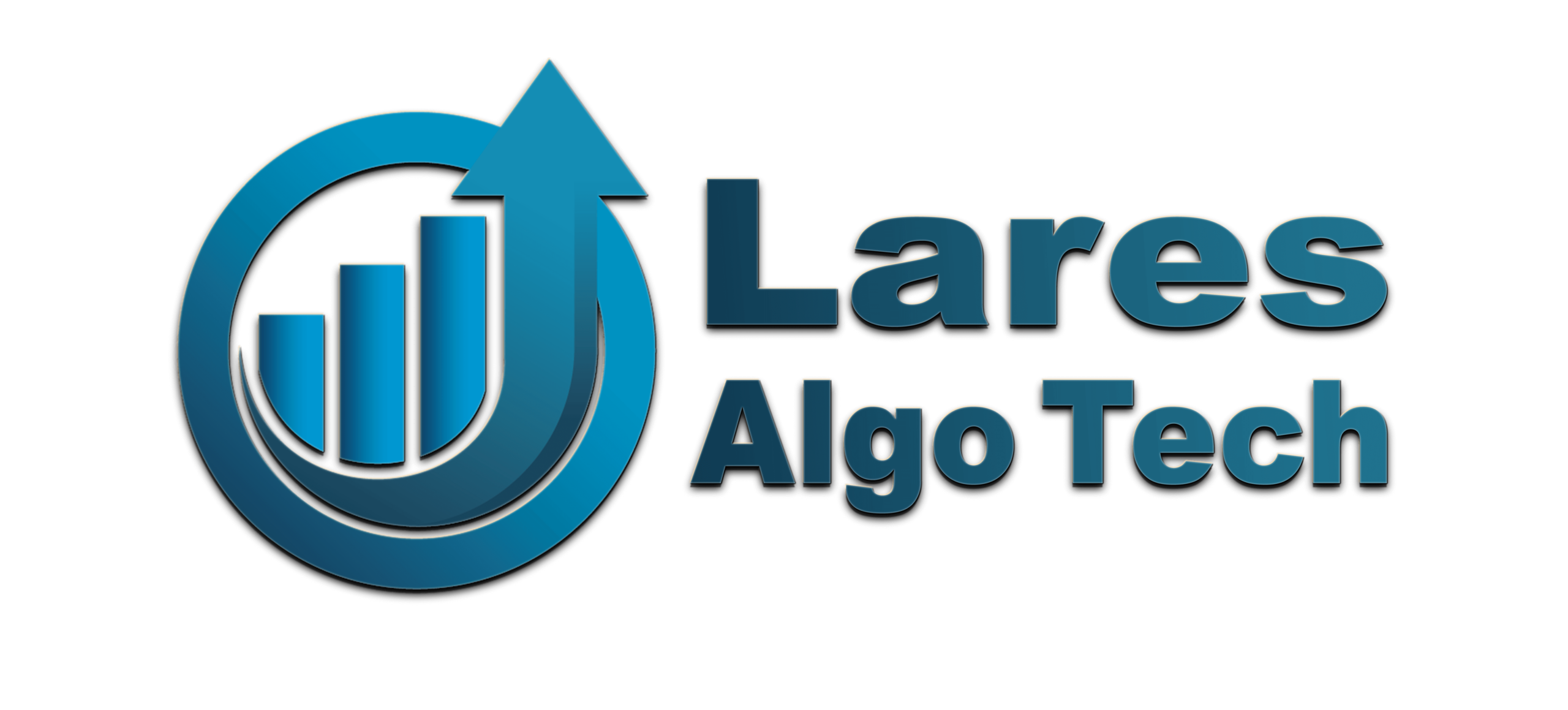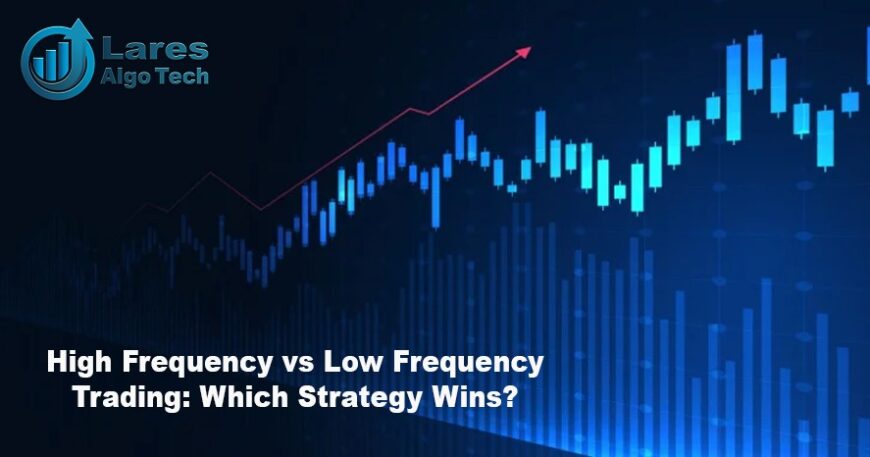Wants to achieve your goals through financial markets. Suppose you have two options: either trade frequently, using high-speed algorithms and data feeds. The other option is you can trade less often, relying on longer-term trends and analysis. In this article, we will explore the differences in high frequency vs low frequency trading. Their benefits and drawbacks, and the technologies that enable them.
Which option would you choose? Which option would help you achieve your goals with the lowest risks and the most satisfaction? This is the dilemma that many traders face today, as the world of trading becomes more and more dominated by technology and automation.
What is High Frequency Trading?
High-frequency trading (HFT) takes a large number of orders in very short time intervals, usually milliseconds or microseconds. It uses sophisticated algorithms, and powerful computers to execute trades at high speeds and volumes. HFT software company can also use their speed and volume to influence market prices and liquidity.
Some of the benefits of HFT are:
- Higher Growth: HFT traders can capture small profits from many trades, which can add up to large sums over time.
- Lower risks: It can reduce their exposure to market fluctuations by holding their positions for very short periods.
- Higher efficiency: It also provides liquidity to the market, improves the market functioning, and reduces transaction costs.
Some of the drawbacks of HFT are:
- Higher costs: HFT traders need to invest in expensive hardware, software, and data feeds to maintain their competitive edge.
- Higher competition: Faces intense competition from other HFT traders. They can erode their profit margins and strategies. They also face regulatory and ethical challenges, as some of their practices can be seen as unfair or manipulative.
- Higher stress: They also need to cope with the pressure and uncertainty of operating in a highly dynamic and complex environment.
What is Low Frequency Trading?
Low-frequency trading (LFT) involves placing a smaller number of orders in longer time intervals, usually minutes, hours, days, or weeks. It uses fundamental and technical analysis, market trends, and economic indicators. These indicators help to execute trades at lower speeds and volumes. The LFT traders can also use their patience and discipline to avoid emotional and impulsive trading decisions.
Some of the benefits of LFT are:
- Lower costs: In LFT, you do not need to invest in sophisticated technology and data feeds to execute your trades. They also pay lower fees and commissions to access the market venues and exchanges.
- Lower competition: Competition is low, as traders have more room to diversify their strategies and portfolios. They also face fewer regulatory and ethical issues. Their practices are more transparent and acceptable to other market participants and authorities.
- Lower stress: LFT traders do not need to constantly monitor and adjust their trades, as they have more time to analyze and plan their moves. They also have more control and confidence in their trading outcomes.
Some of the drawbacks of LFT are:
- Lower Growth: LFT traders can miss out on small profits from many trades, which can reduce their overall returns over time.
- Higher risks: Increase in exposure to market fluctuations and volatility by holding their positions for longer periods. They also face the risk of losing their entire investment if the market moves against them.
- Lower efficiency: Decrease in the liquidity and price discovery in the market. It can impair the market functioning and increase transaction costs.
High Frequency Vs Low Frequency Trading: How Technology Plays an Important Part
Technology plays a crucial role in enabling both high-frequency and low-frequency trading. It can provide traders with the tools, data, and platforms to execute their trades as efficiently and effectively.
Some of the technologies that enable high-frequency trading are:
- Algorithms: They are sets of rules and instructions that can automate the trading process and decision-making. It can analyze large amounts of data, generate signals, and execute orders in fractions of a second. It can also adapt to changing market conditions and optimize their performance.
- Computers: Computers help process and store data and run algorithms. They also provide traders with speed and reliability to execute trades without errors or delays.
- Data feeds Real-time or near-real-time market data, such as prices, volumes, orders, news, and events. This information can help traders to increase the accuracy and completeness of the market data.
How Can Lares Algotech Help You with High-Frequency Trading?
Lares is a company that provides high frequency trading services for traders who want to take advantage of the opportunities. Lares can help you with high frequency trading in the following ways:
- Lares can provide you with the algorithms, computers, and data feeds that you need to execute high-frequency trading. Lares can also customize and optimize these technologies according to your preferences and goals.
- Lares can provide you with the expertise, guidance, and support that you need to succeed in high-frequency trading. Lares can also monitor and manage your trades, ensuring that they are executed in the best possible way.
- Lares can provide you with the benefits, advantages, and rewards that you can get from high-frequency trading. Lares can also help you overcome the challenges, difficulties, and risks that you may face in high-frequency trading.
Conclusion
High frequency Vs low frequency trading is two different types of trading that have their pros and cons and require different technologies and skills. If you are interested in high-frequency trading, you should consider Lares Algotech, a company that can provide you with the best high-frequency trading software in the market.
Depending on your personality, style, and objectives, you may prefer one over the other, or you may combine both in your trading strategy. Whatever you choose, you should always be aware of the market conditions, rules, and trends, and adapt your trading accordingly.





